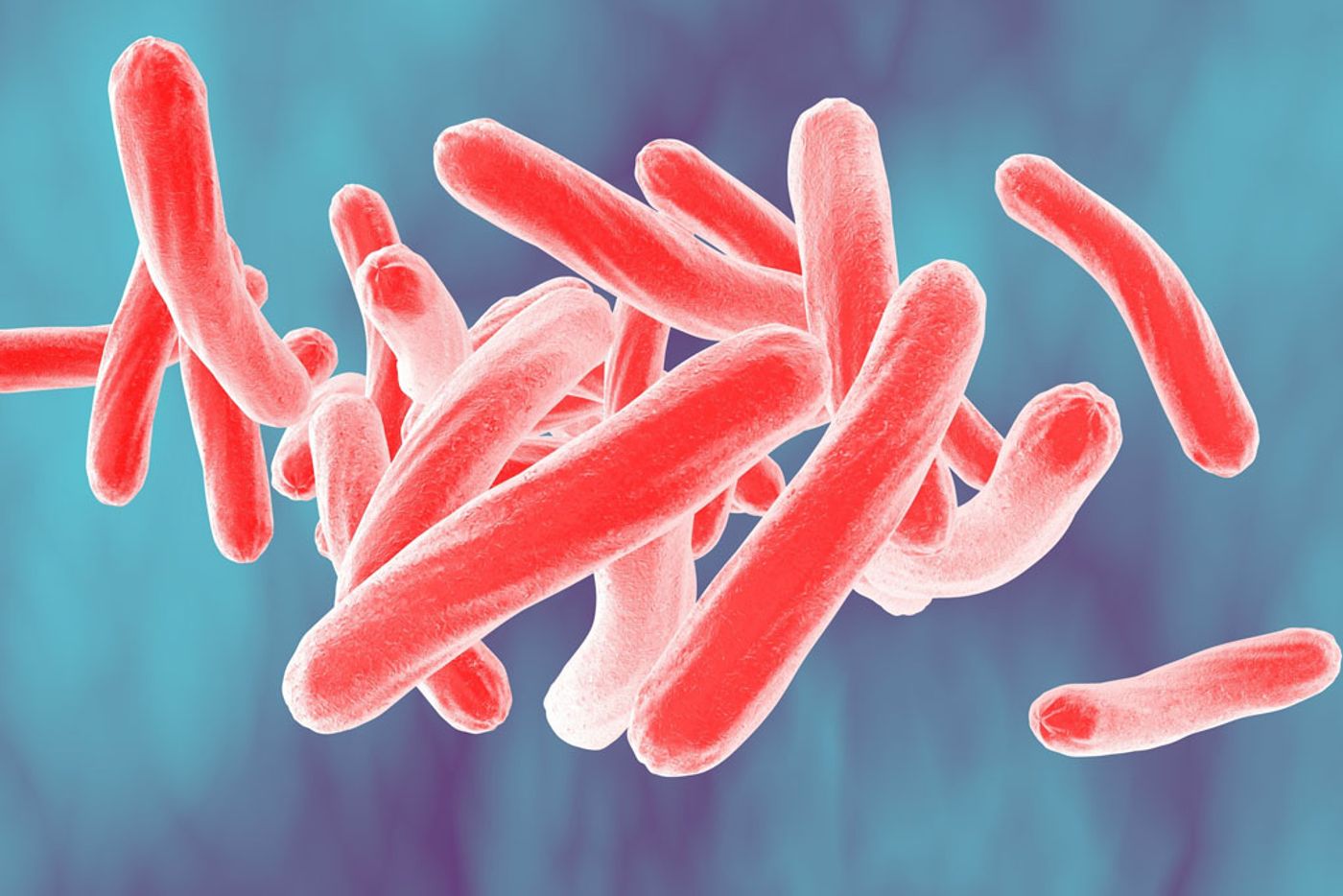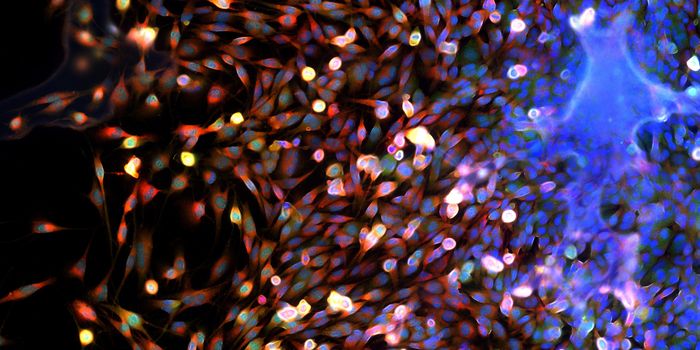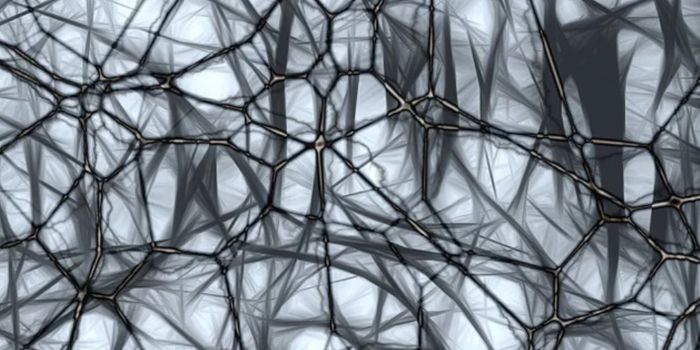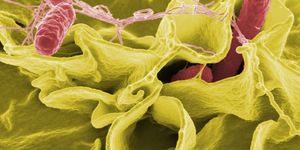New drugs for an old bug
Tuberculosis is caused by the bacterium Mycobacterium tuberculosis. Despite the advances of modern medicine, there are about 10 million new cases of tuberculosis each year, and over 1 million people die from it.
Like many bacteria, some strains of M. tuberculosis have become resistant to traditional treatments. Luckily, researchers at the University of Warwick are working to develop new treatments for tuberculosis based on compounds produced by soil bacteria. Chemicals called sansanmycins are produced by species of Streptomyces that live in the soil.
The researchers generated a library of dihydrosansanmycin analogues and tested their ability to kill M. tuberculosis. They also tested how selective these drugs are - whether they are toxic to mammalian cells or other species of bacteria. Ideally, the drugs would be selective only for M. tuberculosis.
The group successfully isolated a subset of dihydrosansanmycins that do not harm mammalian cells (HEK293 cells) and that do not kill other bacteria. Specifically, they tested the drug against common so-called ESKAPE pathogens that often cause infections (these include E. coli, Staphylococcus aureus, Pseudomonas aeruginosa, and Salmonella typhimurium). Surprisingly, the drug library only exhibited modest activity against E. coli and Pseudomonas aeruginosa, leaving the other bacteria unharmed.
So, just how do these new drugs work to kill M. tuberculosis? The researchers knew that these types of antibiotics (in the nucleoside family) were thought to inhibit an enzyme called MurX, a translocase that is involved in the synthesis of lipiI I (lipid I helps build the bacterial cell wall).
They used a collection of assays to measure MurX activity and found that their library of dihydrosansanmycins inhbited MurX to varying degrees (a range of 9-100% inhibition). However, those analogues that inhibited MurX were the same ones that were able to kill M. tuberculosis!
Then, because M. tuberculosis is an intracellular pathogen, they wanted to see if selected dihydrosansanmycins could kill intracellular M. tuberculosis. For this experiment, they infected THP-1 macrophages with M. tuberculosis, added three of the most potent dihydrosansamycin analogues, and assayed mycobacterial growth. Sure enough, all three of the drugs inhibited the growth of the intracellular bacteria!
Finally, they determined how stable the analogues were in human and mouse plasma and human and mouse liver microsomes. They found that each analogue of interest was stable in both plasma (with a half life of more than 7 hours) and liver microsomes (half life of over 160 min).
This is all great news - the researchers plan to further refine these sansanmycins into potential antibiotics.
Sources: Nature Communications, Science Daily









